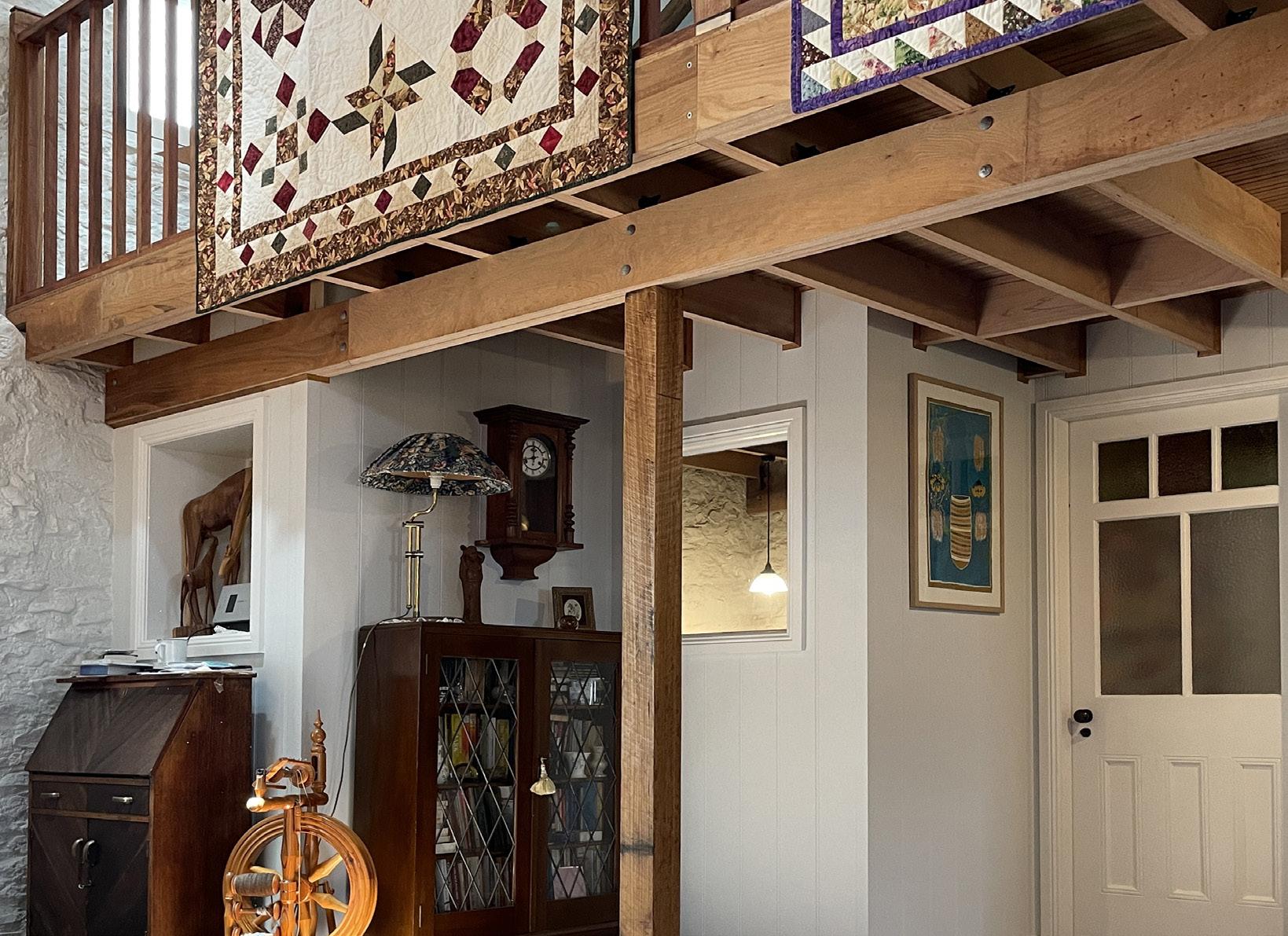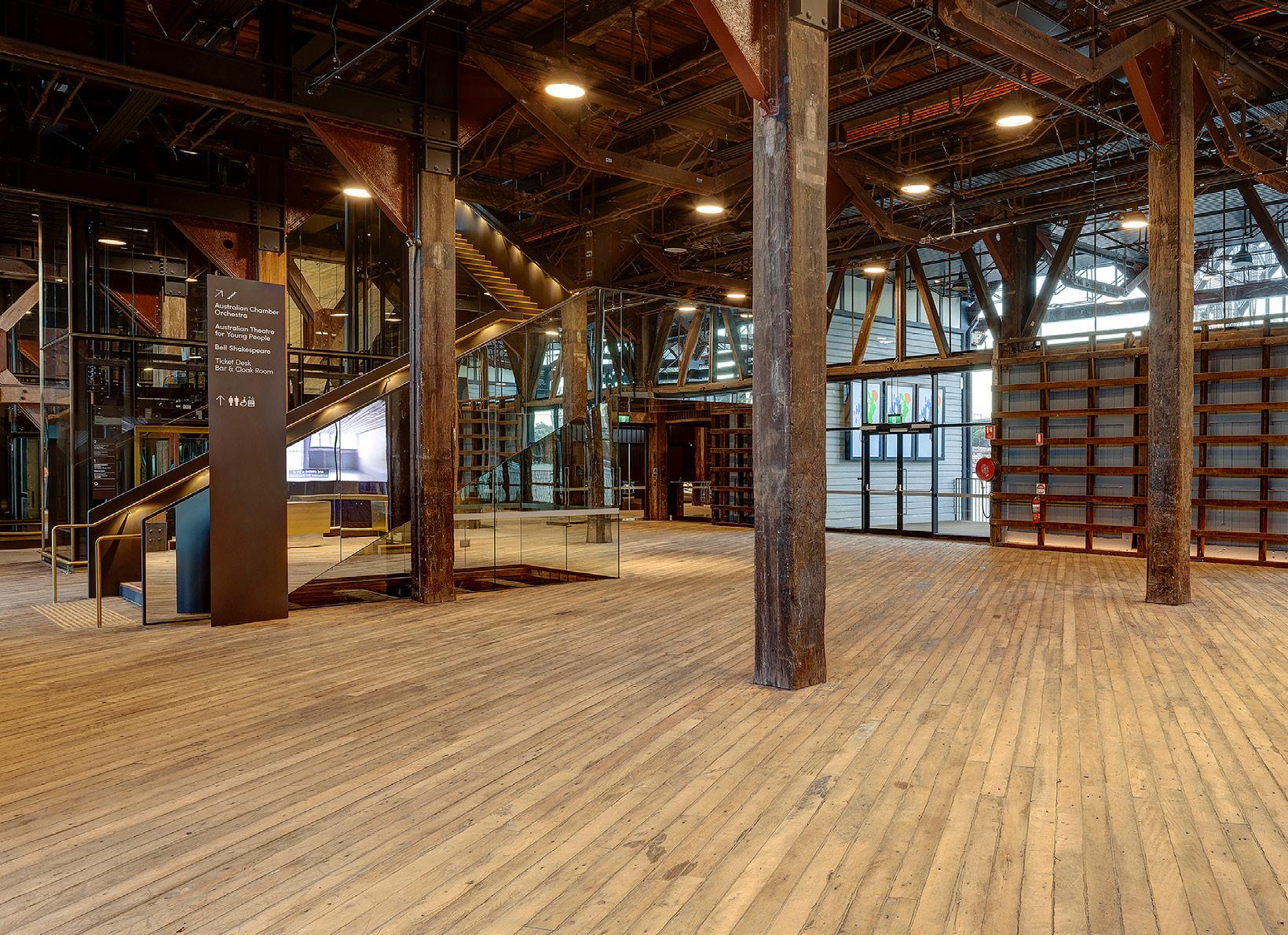
1 minute read
Adaptive Re-use
Recognising projects that create a respectful, rejuvenated and relevant space within an existing heritage site.
Shortlist
Nihon University Newcastle Campus dwp | design worldwide partnership Crystalbrook Kingsley EJE Architecture Stephenson’s Mill Susan Hutton Ngununggula, Southern Highlands Regional Art Gallery at Retford Park Tonkin Zulaikha Greer Architects Walsh Bay Arts Precinct Tonkin Zulaikha Greer Architects The Imperial at Clifton Shellharbour Workers’ Club with Welsh + Major Architects
Highly Commended
Dawn Fraser Baths TKD Architects
From top: Dawn Fraser Baths; Nihon University Newcastle Campus; The Imperial at Clifton.


Winner
Stephenson’s Mill Susan Hutton

In the historic town of Crookwell in NSW, Stephenson’s Mill sat empty for more than a decade. It took strong and trusting relationships, and an exceptional display of persistence and fight to adapt it into a house. This project shows how effective adaptive re-use requires a willingness to change the place and the imagination to do so in the true spirit of the place.
Winner
Ngununggula, Southern Highlands Regional Art Gallery at Retford Park Tonkin Zulaikha Greer Architects

Ngununggula, meaning ‘belonging’ in the traditional language of the Gundungurra First Nations people, is the first regional art gallery in the Southern Highlands of New South Wales. Regarded by judges as a truly elegant solution, the project involved the adaptive re-use of two underutilised and deteriorating ancillary buildings, resulting in a remarkable transformation that fits perfectly within the community.
Winner
Walsh Bay Arts Precinct Tonkin Zulaikha Greer Architects

This impressive project involved the conservation and adaptive re-use of the state heritage listed Pier 2/3, Wharf 4/5 and the associated Shoresheds to provide state-of-the-art performance theatres, rehearsal studios, workshops and function spaces for nine of Sydney’s premier arts companies. The project team have presented a remarkable facility that serves to enhance the tenant’s artistic work.










